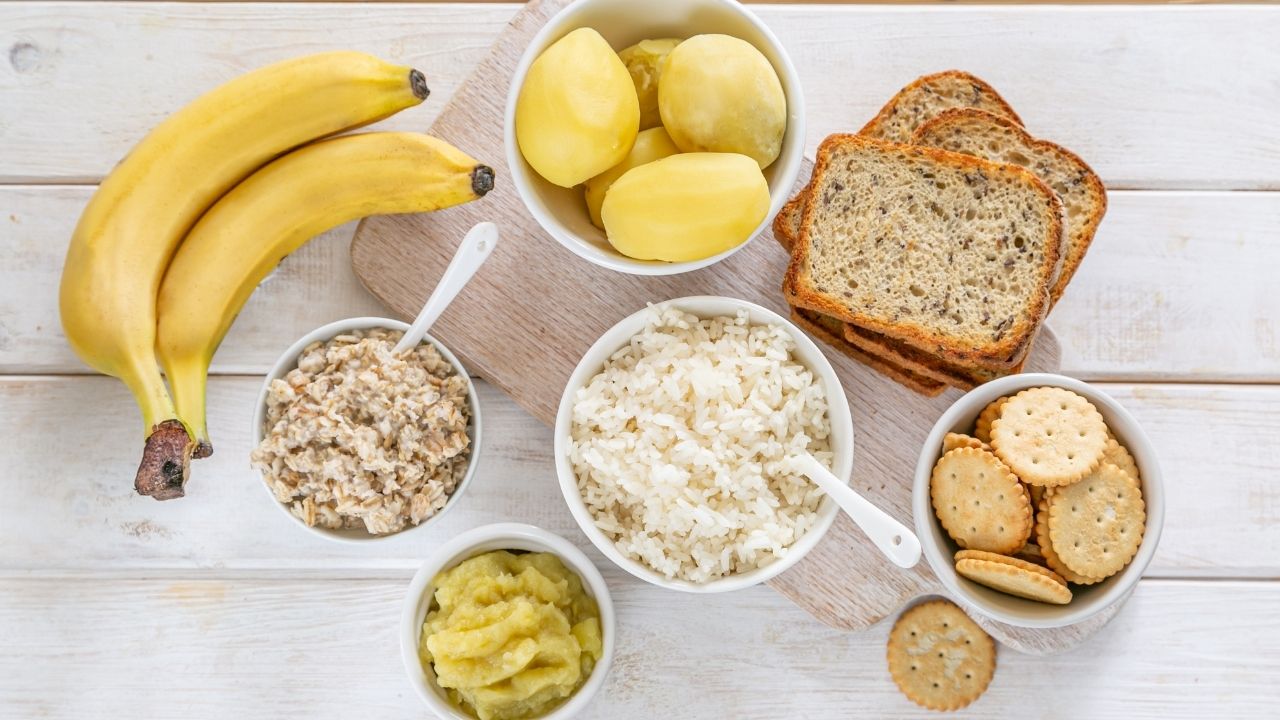
Here are some feeding strategies that toddlers can use to help them cope with picky eating. First, try to create a stress-free environment for your child. Never force food on them, and keep a neutral attitude if they refuse it. You can also teach your child the words for food, and how to chew and bite. By using this approach, you can help your child understand the process of eating.
Your child will be more comfortable if you share your meal. This will make your child more confident and give them an opportunity to share in the meal. It will also help you be more patient. If you can make small adjustments to the foods that your child loves, it will be a great help. You'll make your child more likely to try the new foods you are offering. Be consistent and you will increase your toddler's self-confidence.

It is possible to only introduce food at certain times of day. You can try to limit the time you feed your baby if he is still a newborn. He might be trying to tell you that he's hungry, so try not to push him to eat more than he should. In between meals, you could also offer him an easy snack. You can choose from cheese, fruit slices or crackers. It is important to remember that toddlers will tell you when they are hungry. If he points to his mouth, or grabs his fork to indicate that he wants a meal, it will be easy for him to communicate with you.
If possible, let your child decide what is causing the refusal. It might be a sensory or oral motor issue. You could also have texture aversion, or oral defensiveness. When you are trying to determine the root cause of their refusal, talk with your child to develop rapport and trust. Allow your child to eat what he wants, even if it isn't. He will be less frustrated and eat more often if he has plenty of space.
Most children respond well to a regular mealtime routine. Children should be able eat three meals per day. If your child has a difficult eating style, you can offer small portions of the food she likes. If your child is fussy about eating, it's best to avoid giving her food that she can't eat. In addition to this, you should not force her to eat. If your child is regularly fed, she will be more inclined to eat.

It is essential that your toddler consume a variety. Include whole grains, vegetables, and fruits in the diet. By including your child in the preparation of food, your child will be more likely to eat their meals. Try a different food if he doesn’t like it. If your child likes a particular food, they will likely be less likely to refuse it. However, it's important not to allow your child to indulge his or her cravings for candy or chips.
FAQ
How do you get enough vitamins?
The majority of your daily needs can be met through diet alone. Supplements may be necessary if you are not getting enough of a particular vitamin. You can purchase a multivitamin that includes all of the vitamins you need. You can also purchase individual vitamins at your local drugstore.
If you are concerned about getting enough nutrients, talk to your doctor about what foods contain the best sources of vitamins. The best sources of vitamins K, E, and C are found in dark green leafy veggies such as spinach and broccoli, kale.
Ask your doctor for advice if you are unsure how much vitamin to take. Your medical history and current health will help you determine the best dosage.
Does being cold give you a weak immune system?
It is said that there are 2 types of people: those who love winter (and those who hate it). You may wonder why you feel so bad when it's cold, regardless of whether you love it or hate it.
The answer lies in the fact that our bodies are designed to function best during warm weather. Hot climates are where our food sources are most plentiful, and we evolved to thrive there.
Now, however, we live in a completely different environment to how our ancestors lived. We spend more time indoors and are often exposed to extreme temperatures (cold or heat) and eat processed foods rather than fresh.
Our bodies don't have the ability to tolerate extremes. That means that when we do venture outdoors, we're left feeling tired, sluggish, and even sick.
There are ways to combat these effects though. Keep your body hydrated. You can help flush toxins out of your body by drinking plenty of water.
You must also ensure that you are eating healthy foods. Healthy food will help your body maintain its optimal temperature. This is especially true for people who spend long hours indoors.
It is worth taking a few extra minutes each day to meditate. Meditation helps you relax your mind and body, which makes it easier to deal with stress and illness.
What are 10 healthy behaviors?
-
Breakfast is a must every day.
-
Don't skip meals.
-
Be balanced.
-
Get plenty of water.
-
Take care of yourself.
-
Get enough rest.
-
Avoid junk foods.
-
Daily exercise
-
Have fun
-
Make new friends
What are the 7 tips to have a healthy life?
-
Make sure you eat right
-
Exercise regularly
-
Rest well
-
Get plenty of water.
-
Get adequate rest
-
Be happy
-
Smile often
How can I live my best everyday life?
Finding out what makes your heart happy is the first step to living a fulfilled life. Once you know what makes you happy, you can work backwards from there. You can also inquire about the lives of others.
You can also find books such as "How to Live Your Best Life" written by Dr. Wayne Dyer. He talks about finding happiness and fulfillment in all aspects of our lives.
What's the difference between a virus & a bacterium?
A virus is an organism microscopic that can't reproduce outside its host cells. A bacterium can be described as a single-celled organism which reproduces by splitting in two. Viruses can be as small as 20 nanometers, while bacteria can grow up to 1 micron.
Viruses are often spread through contact of infected bodily fluids like saliva, urine or semen. Bacteria can easily be spread from direct contact to contaminated surfaces and objects.
Viruses may enter the body through cuts, scrapes. bites, or any other break in the skin. They may also get into the body through the nose and mouth, eyes, ears or rectum.
Bacteria may enter our bodies through cuts and scrapes on our skin, burns, insect bites, and other wounds. They may also come into our bodies through food, water, air, soil, dust, or animals.
Both bacteria and viruses can cause illness. But viruses do not have the ability to multiply within their hosts. So they only cause illnesses when they infect living cells.
Bacteria can grow in their hosts and cause disease. They can invade other areas of the body. They can even invade other parts of the body, which is why antibiotics are necessary to eradicate them.
How often should I exercise
A healthy lifestyle requires regular exercise. You don't have to exercise for a certain amount of time. Finding something you enjoy is key. Stick with it.
If you work out three times a week, then aim to complete 20-30 minutes of moderate intensity physical activity. Moderate intensity means you'll still be breathing hard after you've finished. This type is good for burning around 300 calories.
You can walk for 10 minutes every day if that is what you prefer. Walking is low in impact and easy for your joints.
Jogging is an alternative to running. You can do it for as little as 15 minutes each day. Running is a great way to burn off excess calories and build muscle tone.
If you're not used to exercising, start slowly. Begin by only doing 5 minutes of cardio five times per week. Gradually increase the time you do cardio until your goal is reached.
Statistics
- According to the Physical Activity Guidelines for Americans, we should strive for at least 150 minutes of moderate intensity activity each week (54Trusted Source Smoking, harmful use of drugs, and alcohol abuse can all seriously negatively affect your health. (healthline.com)
- WHO recommends consuming less than 5% of total energy intake for additional health benefits. (who.int)
- nutrients.[17]X Research sourceWhole grains to try include: 100% whole wheat pasta and bread, brown rice, whole grain oats, farro, millet, quinoa, and barley. (wikihow.com)
- WHO recommends reducing saturated fats to less than 10% of total energy intake; reducing trans-fats to less than 1% of total energy intake; and replacing both saturated fats and trans-fats to unsaturated fats. (who.int)
External Links
How To
How to Live a Healthy Lifestyle
Healthy lifestyle means you can maintain your weight, health, and fitness. Healthy living is a lifestyle that involves eating healthy, exercising regularly and avoiding drugs, alcohol, nicotine, and tobacco. A healthy lifestyle can help you feel confident and fit. Additionally, a healthy lifestyle will reduce your chances of developing chronic diseases like stroke, diabetes and cancer.
The goal of this project is to give a step by step guide on how to live healthier lives. The introduction is the first part of this project. This explains why healthy living should be encouraged and who it should help. The body paragraphs are a collection of tips for living a healthy life. I then wrote the conclusion. This summarises the article and provides additional resources if desired.
I learned how to create a concise and clear paragraph through this assignment. Also, I learned how to organize my ideas into topic sentences and supporting details. Additionally, I learned how to organize my ideas into topic sentences and supporting details. Finally, I learned how to properly use grammar when writing.